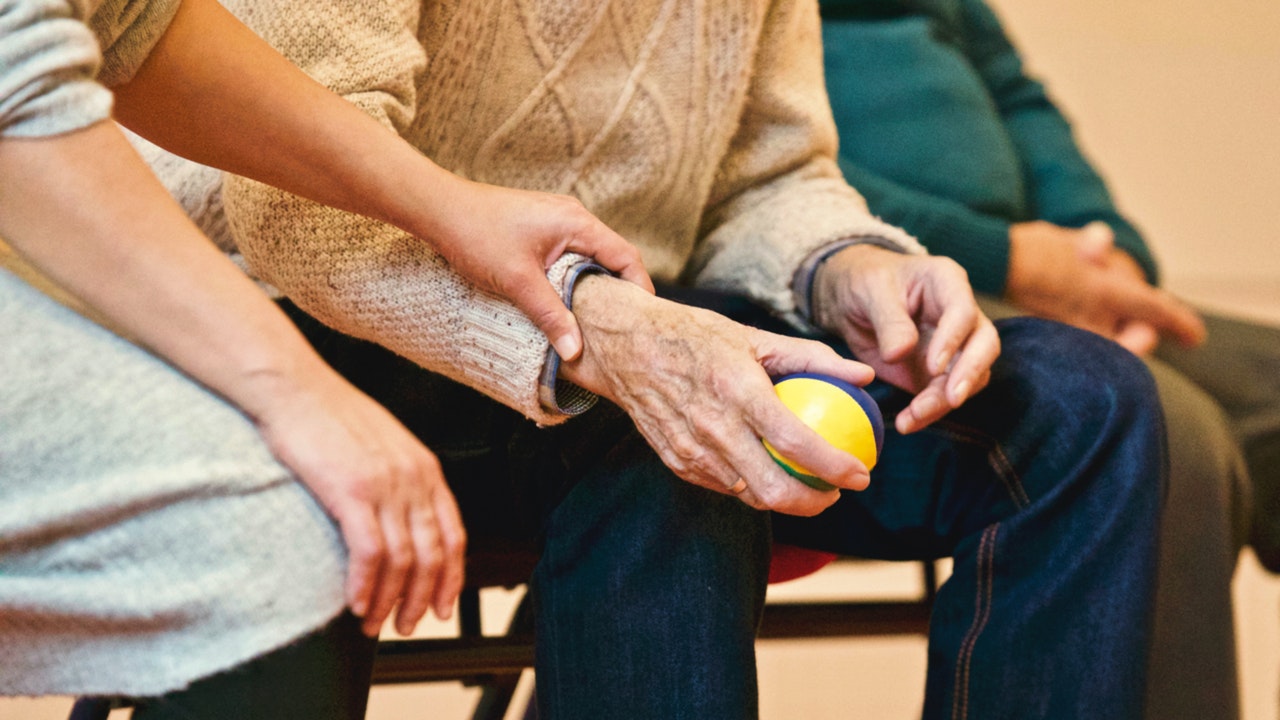According to the National Cancer Institute, “Palliative care is care meant to improve the quality of life of patients who have a serious or life-threatening disease, such as cancer. It can be given with or without curative care. Palliative care is an approach to care that addresses the person as a whole, not just their disease. The goal is to prevent or treat, as early as possible, the symptoms and side effects of the disease and its treatment, in addition to any related psychological, social, and spiritual problems. Patients may receive palliative care in the hospital, an outpatient clinic, a long-term care facility, or at home under the direction of a licensed health care provider. Anyone can receive palliative care regardless of their age or stage of disease.”
Based on this definition, there are a number of therapies that fall under the palliative care umbrella, with massage therapy being a valuable piece of the care puzzle. Research indicates massage can help decrease anxiety, and help alleviate pain and joint stiffness that often comes as a side effect of various long-term or terminal illnesses.

What the Research Says
Much research has been done on massage in palliative care and hospice settings. A recent study focused on massage therapy and palliative care found statistically significant changes in pain, anxiety, and relaxation of patients.
A 2016 study examining research on massage therapy for pain found that massage therapy showed great promise for reducing pain intensity/severity, fatigue, and anxiety in cancer patients when compared to other therapies.
What to Expect
If you are considering massage for your palliative care or for a family member, it’s important to understand that it is not like going to a spa for a massage. It doesn’t work the same, nor should it, as the needs of the palliative client are very different from a client coming in to treat their sore back or shoulders.
Your palliative care massage therapist comes with compassion and presence first and foremost, and adjusts the treatment according to the needs of the patient, providing warm and gentle touch to alleviate pain and provide comfort. Don’t hesitate to incorporate massage into a palliative care setting, it is a therapy designed to provide comforting touch to those who need it most.
